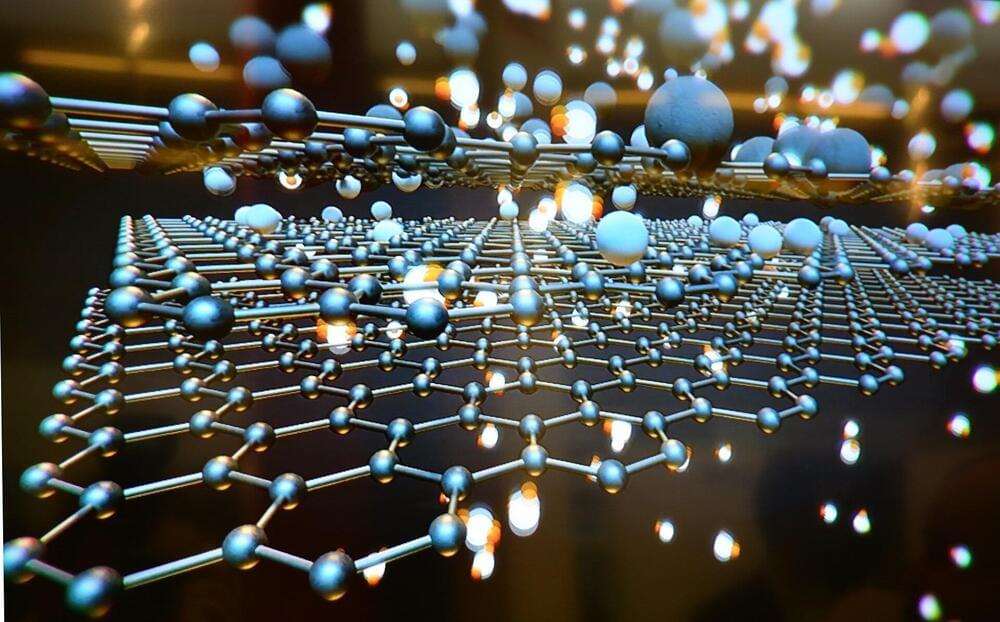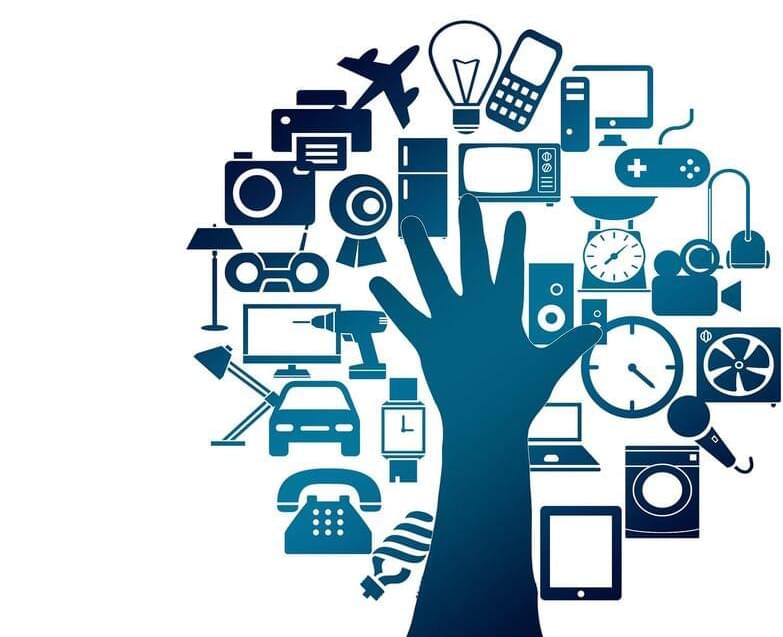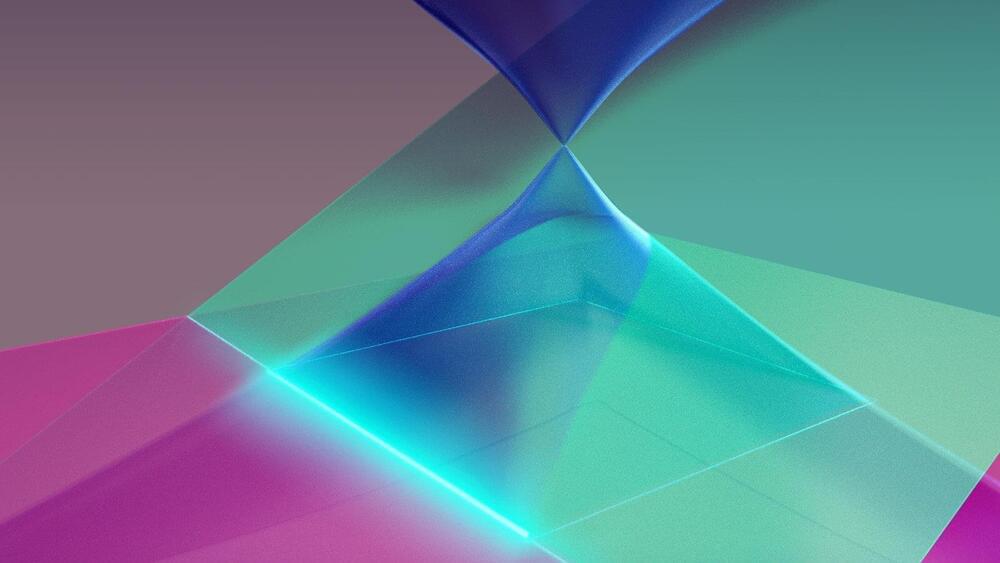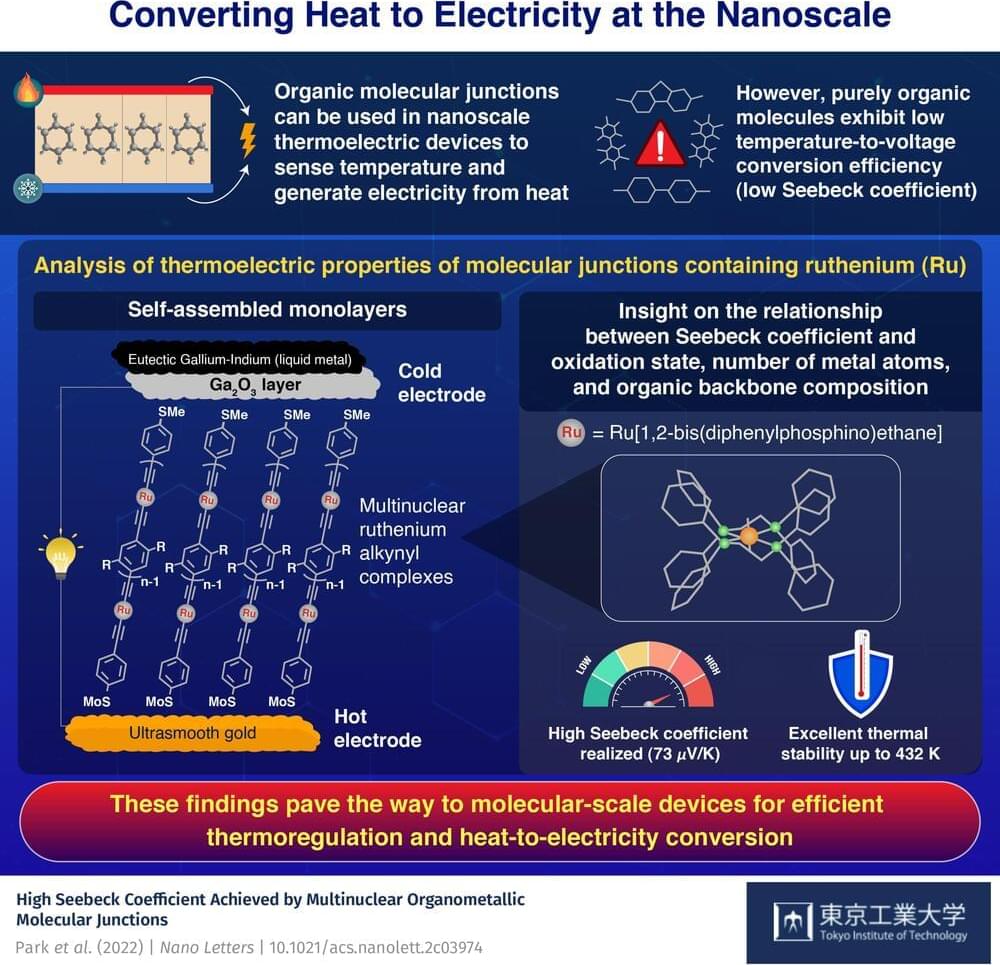Electric vehicles, powered by macroscopic electric motors, are increasingly prevalent on our streets and highways. These quiet and eco-friendly machines got their start nearly 200 years ago when physicists took the first tiny steps to bring electric motors into the world.
Now a multidisciplinary team led by Northwestern University has made an electric motor you can’t see with the naked eye: an electric motor on the molecular scale.
This early work—a motor that can convert electrical energy into unidirectional motion at the molecular level —has implications for materials science and particularly medicine, where the electric molecular motor could team up with biomolecular motors in the human body.








